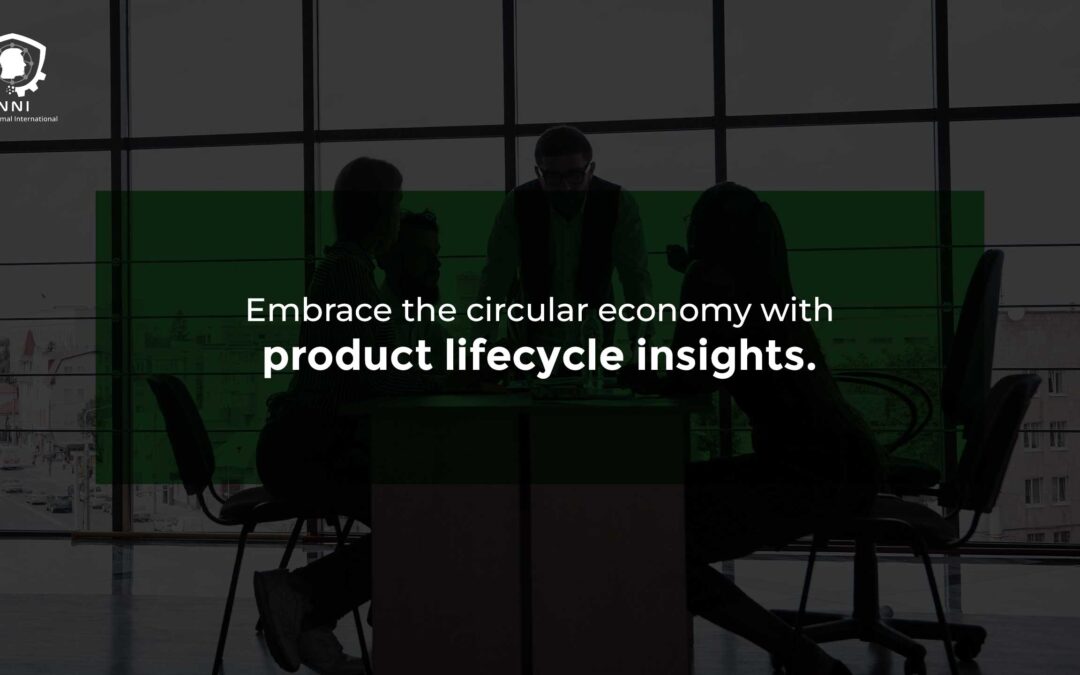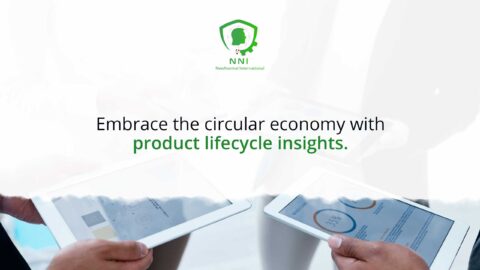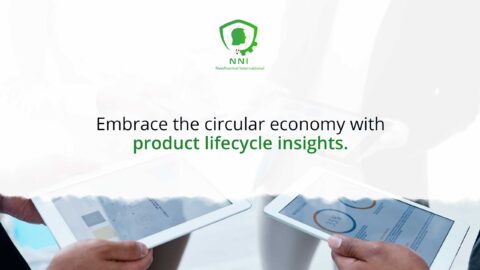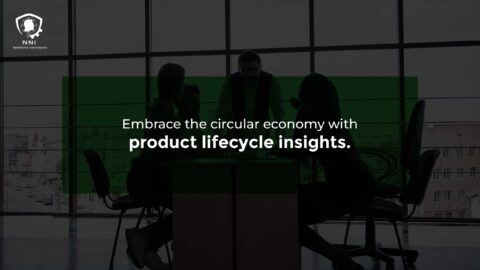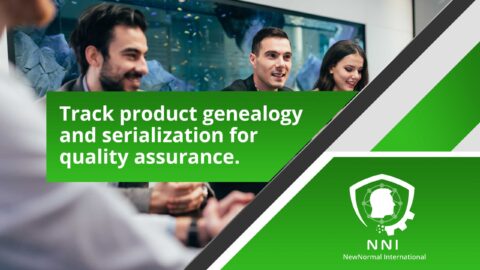Revolutionizing Business Practices by Embracing the Circular Economy with Product Lifecycle Insights
In today’s rapidly evolving business landscape, staying competitive and sustainable is paramount. One of the key strategies that forward-thinking organizations are adopting is the embrace of the circular economy. This innovative approach not only contributes to environmental sustainability but also offers substantial benefits in terms of cost-efficiency, customer loyalty, and long-term success.
Introduction
In the face of mounting environmental concerns and the depletion of finite resources, the circular economy has emerged as a transformative paradigm, offering a sustainable and regenerative approach to resource management. Unlike the traditional linear economy, characterized by a “take-make-dispose” model, the circular economy embraces a cyclical approach, where products, components, and materials are designed to be reused, refurbished, remanufactured, and recycled. This closed-loop system aims to minimize waste, maximize resource utilization, and extend the lifecycles of products, reducing the environmental impact of consumption and production.
At the heart of this transformative shift lies the utilization of product lifecycle insights, a data-driven approach that provides a holistic understanding of the product’s journey, from its inception to its end-of-life. By analyzing product design, manufacturing processes, usage patterns, and end-of-life options, businesses can identify opportunities to optimize resource consumption, reduce waste generation, and extend product lifespans. Product lifecycle insights empower businesses to make informed decisions that align with circular economy principles, driving innovation and transforming business models.
The adoption of product lifecycle insights has led to a surge in innovative circular economy solutions. Businesses are redesigning products for disassembly and recyclability, utilizing sustainable materials, and developing closed-loop supply chains. For instance, manufacturers are designing products with modular components, facilitating easy disassembly and reuse of materials. Additionally, businesses are establishing reverse logistics systems to collect and process end-of-life products, extracting valuable resources for remanufacturing or recycling.
Moreover, product lifecycle insights are driving the adoption of circular business models, where businesses shift from selling products to providing product-as-a-service (PaaS) solutions. Under PaaS models, businesses retain ownership of the products, taking responsibility for their maintenance, repair, and end-of-life treatment. This approach extends product lifespans, minimizes waste, and encourages resource efficiency. PaaS models also foster innovation, as businesses continuously improve their products to maximize their lifespan and utilization.
In essence, product lifecycle insights have revolutionized business practices, empowering organizations to embrace the circular economy and achieve sustainable growth. By leveraging these insights, businesses can minimize their environmental footprint, enhance resource efficiency, and develop innovative circular solutions that contribute to a more sustainable future.
Why Embrace the Circular Economy?
The linear economy model, which has dominated for centuries, is characterized by a “take, make, dispose” approach. It’s a one-way street that leads to resource depletion, environmental degradation, and economic inefficiency. In contrast, the circular economy is a closed-loop system that values the longevity of products and the efficient use of resources. This shift is not only environmentally responsible but also offers a myriad of business advantages.
Product Lifecycle Insights: The Catalyst for Change
To successfully transition to the circular economy, businesses must gain a deep understanding of their products’ lifecycles. This involves tracking and analyzing each stage of a product’s journey, from design and production to distribution, consumption, and end-of-life management.
Design for Durability and Repurposability
By harnessing product lifecycle insights, organizations can design products that are built to last and can be easily repurposed or upgraded. This approach not only reduces waste but also enhances brand reputation and customer loyalty.
Efficient Resource Management
Product lifecycle insights enable companies to optimize the use of resources. By identifying inefficiencies in manufacturing processes or supply chains, businesses can minimize waste, reduce costs, and improve overall efficiency.
Customer-Centric Approach
In a circular economy, customers become partners in sustainability. Product lifecycle insights allow companies to engage with their customers, offering services like product repair, refurbishment, or take-back programs. This strengthens customer relationships and fosters brand loyalty.
Meeting Regulatory Requirements
As governments and international bodies increasingly emphasize environmental regulations, businesses that embrace the circular economy and leverage product lifecycle insights are better positioned to comply with these requirements. This reduces the risk of fines and legal issues while also enhancing the company’s reputation.
Closing the Loop: From Insights to Action
Gaining product lifecycle insights is just the beginning. To fully embrace the circular economy, organizations must translate these insights into action. This includes:
1 Redesigning Products: Creating products that are easy to disassemble and recycle.
2 Supply Chain Optimization: Streamlining the supply chain to reduce waste and energy consumption.
3 Engaging Stakeholders: Collaborating with suppliers, customers, and partners to promote circular practices.
4 Investing in Recycling and Remanufacturing: Developing capabilities for recycling and remanufacturing products and components.
Conclusion
The adoption of the circular economy is not just a sustainability trend; it’s a strategic imperative for businesses seeking long-term success. By embracing the circular economy with product lifecycle insights, companies can reduce waste, lower costs, enhance customer relationships, and contribute to a more sustainable future.
In an era where environmental responsibility is intertwined with business success, leveraging product lifecycle insights is not just a choice—it’s a necessity. It’s a path that leads to a more sustainable, profitable, and resilient future for organizations of all sizes and industries.
#CircularEconomy #ProductLifecycle #Sustainability #BusinessTransformation


